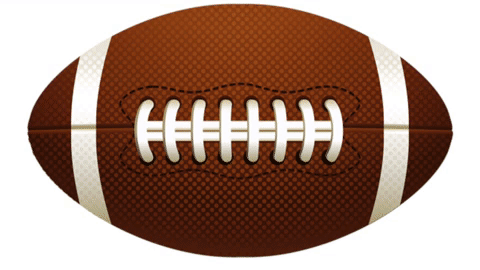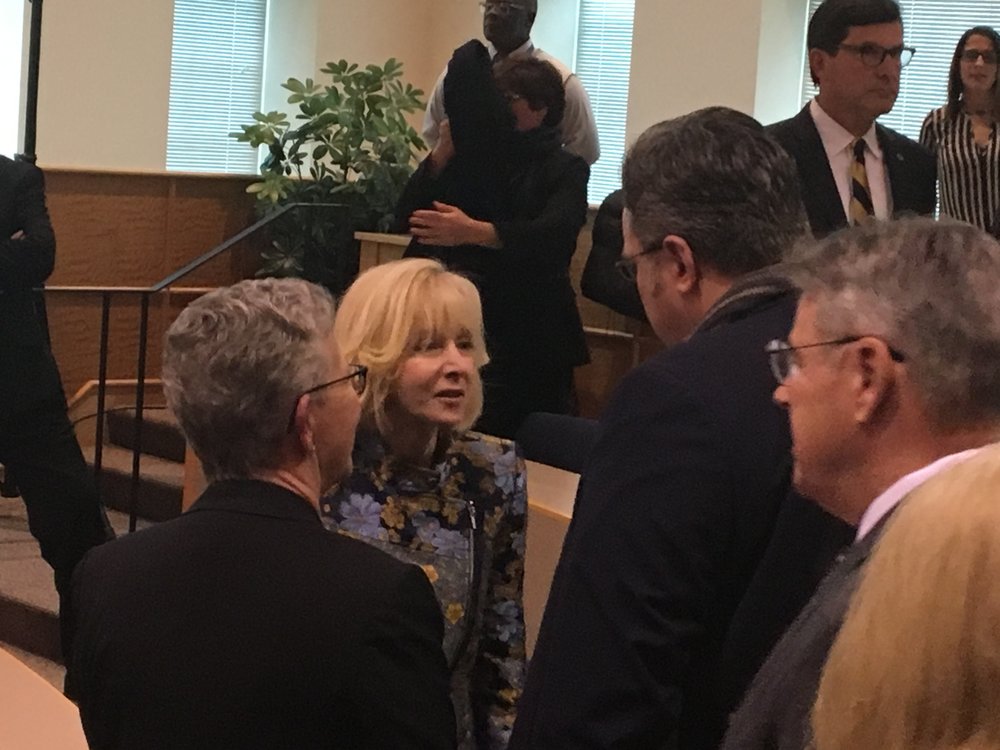By Andrew Weiss
Connecticut sports fans see April 13, 1997, as the day pro sports died in the state. It was the final time the NHL’s Hartford Whalers would play before heading south to North Carolina.
But that perception is wrong, Pro sports are thriving in Connecticut, just not in the way a casual sports fan may see.
Women’s professional and collegiate sports teams have leapt up to fill the gap left behind. From the history of the Raybestos Brakettes to the growth of the University of Connecticut’s women’s basketball team to the expansion of hockey, soccer, and basketball in the state has proven that Connecticut is growing women’s sports.
Congratulations to #UConn Womens' #basketball team! Celebrating their #NationalChampionship win in #Hartford @WTNH pic.twitter.com/7IEhe0vZ4K
— Renee Chmiel (@ReneeChmiel) April 10, 2016
So how has this passed by some fans? Pro sports evolved as a largely male activity in the United States, with the role of women restricted to sideline activities such as cheering, even though they participated in leagues of their own.
An act of the United States government was the first step in growing sports for women. In 1972, the United States Congress sought to provide steps forward in the battle for civil rights. As part of a larger bill, Title IX was given power to prevent discrimination based on sex. This law was not enacted with sports in mind, but has since grown to assist participation among women in sports.
Per the National Women’s Law Center, “There is no shortage of interest by women and girls in participating in athletics. Since 1972, when Title IX first opened up opportunities for women and girls, female participation in high school athletics has skyrocketed by almost 900%, disproving claims made by opponents of Title IX that the lower numbers of female athletes are due to lack of interest as opposed to lack of opportunities.”
Since the law was passed in 1972, female participation in high school sports has grown an astonishing 1,018 percent, compared with 23 percent for men.
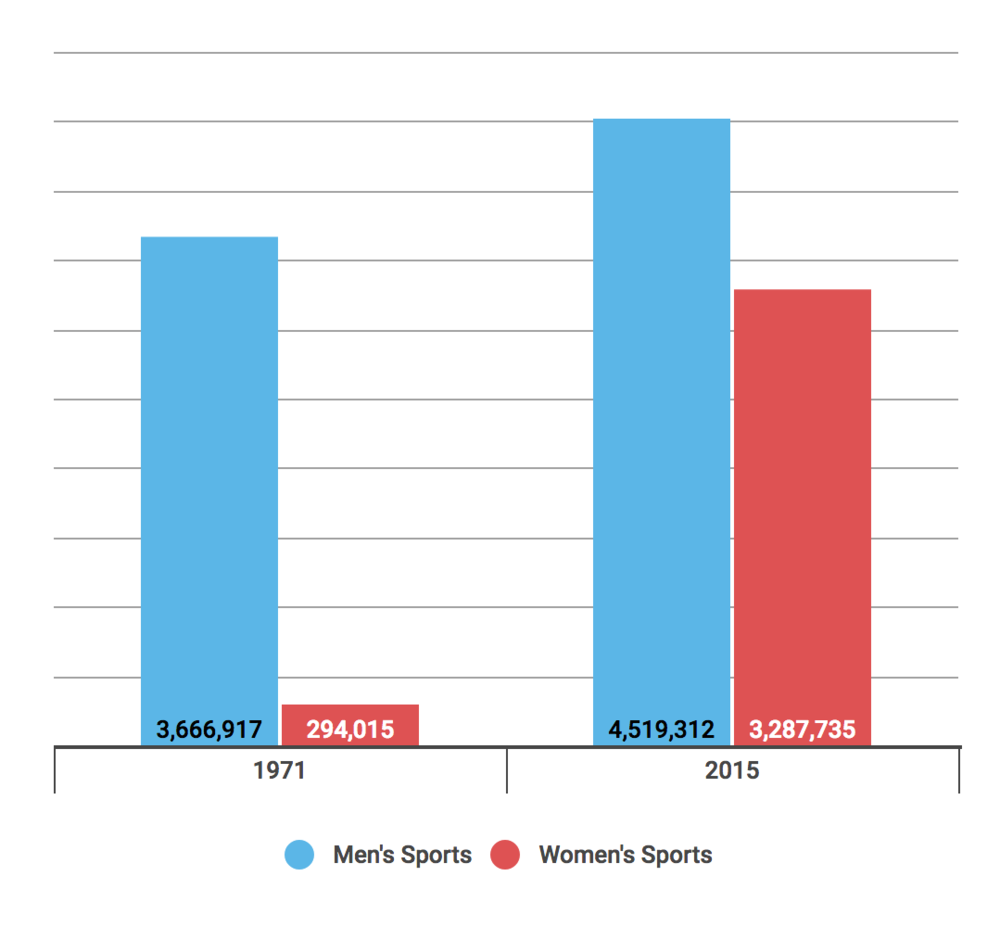
However, despite the growth, women continue to look for equal footing among the sports world. The NWLC has found that “women in Division I colleges, while representing 53 percent of the student body, receive only 45 percent of the participation opportunities, 34 percent of the total money spent on athletics, 45 percent of the total athletic scholarship dollars, and 32 percent of recruiting dollars.”
That bottom line? Equality in sports is within reach, yet continues to be pushed to the side. The fault, however, is traced among many lines.
Laura Burton, an associate professor at the University of Connecticut, linked growth issues in women’s sports to the very top of the ladder.
“There are very few women in leadership positions in sports organizations across all domains, from interscholastic, intercollegiate, professional or international sport. Women are really underrepresented in leadership,” Burton said. “Half your participant population is women, or girls, (so) why don’t we have an equal number of people at the leadership table?”
Burton believed the connection between sports and masculinity created stereotypes that hold women back from administrative roles.
“We don’t perceive women to be capable of and/or do we want them in leadership positions in general. In sport organizations, because we think it’s a real male domain, we don’t think that women can run a football program or an athletic department. There’s a lot of stereotyping that’s influencing women, both trying to get into those positions and how we evaluate them when they’re in it.”
The presence of women’s sports in the media also plays a role. Per the University of Minnesota’s Tucker Center for Research on Girls & Women in Sport, women’s athletics receive only about 4 percent of all sports media coverage.
Amanda Ottaway. a former college basketball player at Davidson and now a journalist, delved into that study. Her work with women’s sports has seen publication in The Washington Post and ESPNW among others. She pinned the issue solely on media portrayal.
“Other studies have put television time as low as 1 percent,” Ottaway said. “Yet, 44 years after the passage of Title IX, women and girls in the United States are playing and following sports in unprecedented numbers.”
today is a good day to support @TheKimWallFund, @IWMF and other groups that back smart, independent, important journalism, especially by women & nonbinary reporters. #KimWall
— Amanda Ottaway (@amandaottaway) April 25, 2018
The numbers, Ottaway says, backs that thought.
“40 percent of all sports participants are female, according to the Tucker Center, and roughly a third of fans of major sports are women. The evolution of women’s sports over the last four decades has been dramatic; the media coverage, not so much. All these statistics beg the question: Would we have more reporting on women’s sports if more sports reporters and editors were women? And would the quality of that coverage be better?”
Women in Sports: Anya Battaglino Carries the Confidence of a Hockey Player Day In and Out – https://t.co/EvoRa7MCQH – #CTWhale #NWHL @battaglinoa @sportsjackie @CTWhale_NWHL #womeninsports pic.twitter.com/wf9uytmvHV
— Double G Sports (@DoubleGSports) March 7, 2018
Rebecca Carlson, a three-time national champion as the women’s rugby coach at Quinnipiac University, uses a trip to the ice cream parlor to best describe the issue. Picking a sport to watch on television is like picking a flavor, and every sport with men is just another bowl of strawberry ice cream.
“I have two choices for you, and I want you to try them and then you tell me which one you like more,” Carlson said. “Here’s some strawberry ice cream, and then also some strawberry ice cream. If I’m not given anything else, I guess I’ll take the strawberry.”
Carlson explained that data shows viewers prefer to watch men’s sports, but only because they are given more men’s sports than any other option, including the women.
“If you hate it you’re not going to watch it, but there’s going to be people that will be like ‘It’s what’s on, I’ll watch,’ or ‘it’s there, I’ll eat it.’ How do we change that? (Connecticut) gives us a clean slate because the airwaves aren’t cluttered with (mens sports). That opportunity is there… because of our state. What else do they talk about in Connecticut?”
Carlson joins a handful of coaches that face a unique situation in Connecticut. A lack of men’s professional sports, combined with a hungry fan base, has given women’s sports open ground to thrive. Given the state’s history with women’s sports, this shouldn’t come as a surprise.
Donna Lopiano
1966, 1971 and 1972. She led the 1972 Women’s Fast Pitch she led the Brakettes in hitting, 1970 (.316) and 1972 (.367) pic.twitter.com/ZC0UQ3p7Zh— Faron Hierholzer (@HierholzerFaron) April 6, 2017
In 1947, before Title IX or most of the half-hearted attempts to grow women’s sports emerged, William Simpson had an idea. The chairman of Raybestos-Manhattan, Inc. founded a fast-pitch softball team, sponsored by his factory. The team, named the Raybestos Bracketts to publicize the company’s motor vehicle brake linings, set the standard for women’s sports in Connecticut. Donna Lopiano, a national champion with the Brakettes, joined in 1962 when she was only 16 years old.
“Prior to the 1970s, prior to Title IX, girls sports were relatively nonexistent,” Lopiano said. “If they existed at the high school level, a high school’s idea of a girl’s basketball team might be five or six games in the season. It might not even be head to head competition against another school. It might be four or five schools getting together and having a play date with two kids from every school on each team.”
Lopiano lamented the lack of opportunities for young female athletes.
“There were no scholarships. Postseason play was nonexistent. Those things didn’t exist. As a result, if you were good at something, you had to turn to open amateur sport, or be satisfied with terrible opportunities at the high school or college level.”
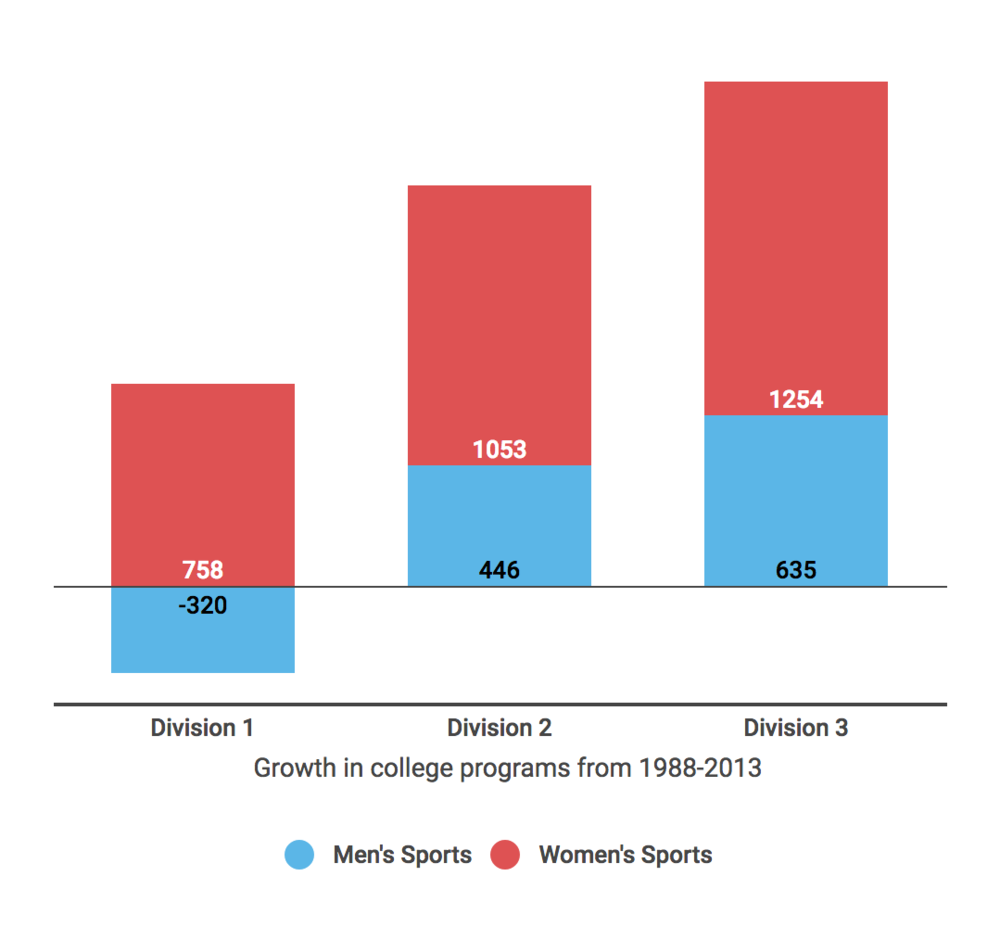
Open amateur sport was the only option for Lopiano, who wanted to prove her skill years after being kicked out of Little League baseball for being a girl.
“Fortunately, the Raybestos Brakettes were a nationally successful women’s softball team,” said Lopiano. “They had the same reputation of being at the top of the game.”
With that history in mind, Lopiano claimed Connecticut was ready for professional women’s sports.
“There was a fertile garden for (women’s sports in Connecticut) to grow, and a lot of it was whether or not there were competing plants. (There are no) weeds that will take over. It’s still true today.”
Brakettes won 3500th game in 65 yr softball team history tonight. Overall record is 3500-380 for a winning percentage of .901
— Hal Baird (@musicalhal) July 15, 2011
In the 1970s, the Brakettes went on to form the core of the Connecticut Falcons of the international women’s pro softball league. The Falcons played in Meriden, Connecticut, and drew over 2,000 fans per home game. The team featured one of the greatest athletes of all time in pitcher Joan Joyce, who once faced Ted Williams in an exhibition game in Waterbury, Connecticut. The Falcons were owned by Joyce, Billie Jean King and Jane Blalock, and helped grow recognition of both the sport and the athletes, all women.
The Brakettes prepared the ground for an even more popular team, one that is now considered to be a dynasty in women’s sports.
Awesome job UCONN Womens Basketball team on their victory last night!! pic.twitter.com/zYySvQEUn1
— W.J. Irish Insurance (@WJ_Irish_Ins) April 9, 2014
The rise of the University of Connecticut women’s basketball team from obscurity in Storrs, Connecticut, to national prominence stands as an example of how state fans stood ready to rally behind women’s sports. The UConn men’s basketball team was earning its national reputation at the time, but the UConn women had something the men’s team did not have: local television coverage. UConn women’s basketball drew record ratings and would dominate the local market when it played, eventually leading to higher volumes of fans at the games.
“In 1989, the University of Connecticut’s women’s basketball team played before just 287 fans in the front half of a doubleheader shared with the men. During the 2009-10 season, UConn women set the NCAA record for invincibility by earning a 90-game winning streak, supported by a total of 357,627 fans attending Connecticut’s 39 games,” the NWLC stated.
Amber Cox, the vice president of the Connecticut Sun, has a special name for it. Her Sun play in the Women’s National Basketball Association, and find their home in the Mohegan Sun casino.
“I think what’s interesting about this state— and specifically what I would call the ‘UConn effect’— is that there is less bias when it comes to women playing basketball,” Cox said.
“You don’t get as much resistance when you call somebody up and say ‘Hey, would you like to buy a season ticket to the WNBA, (to) the Connecticut Sun.’ The resistance is never that it’s women playing basketball, and I think it’s accepted in this state, probably more so than other parts of the country.”
I'm a big fan of the Connecticut Sun's intros pic.twitter.com/F7p6bHfJwe
— Daniel Connolly (@DanielVConnolly) August 4, 2017
Her colleagues with the Sun agree, and the attendance figures support that perspective.
The WNBA attracted a record attendance of 1.5 million in 2017, with teams averaging 7,716 fans per game, the most since 2011, according to Ben York of the Connecticut Sun. The Sun’s attendance grew 15.3 percent, he said. On social media, the WNBA broke records with more than 679 million impressions, a growth of 59 percent, and over 140 million video views, which was a growth of 233 percent.
The reach of the “UConn effect” extends beyond basketball. Connecticut harbors growing amounts of women’s sports teams, at both the collegiate and professional levels. The National Women’s Hockey League features only four teams, including three in major markets such as Buffalo, Newark, and Boston. However, they also found a home for a team in Stamford, with the Connecticut Whale.
#TeamNWHL Forward @kelly_babstock
2-4-6 in 7 games this season for the @CTWhale_NWHL! pic.twitter.com/0NbD4sFuHF— NWHL (@NWHL) December 27, 2017
Kelly Babstock, a forward for the Whale, set a Quinnipiac record with 203 career points before joining the NWHL.
“Personally, playing professional sports in Connecticut connects with me more because I went to school at Quinnipiac,” Babstock said. “I have had fans that followed me at Quinnipiac who follow the Whale now. I think that is amazing to have their continued support.”
“Connecticut has become my home away from home and I love every minute playing in this state as it provided me with great memories. It was a perfect fit to continue my professional career.”
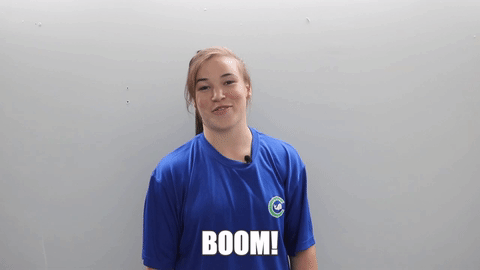
Babstock is prominently featured on social media with the Whale, including this gif here.
Soccer has found a way into the Constitution State as well, with growth at youth levels reaching its way into a team with United Women’s Soccer. The impact of having professional players nearby to serve as role models is not understated to JP DiTommaso, the head coach of the Connecticut Fusion in the UWS.
“This is an opportunity for girls who have worked tirelessly over the years, putting in work to perfect their trade,” DiTommaso said. “(Young female athletes can) go on to play in college and have (soccer as) an outlet in college. After college they can showcase the hard work and dedication they’ve put in (by going pro).
We'd like to welcome Molly Socha, Rachel Morrier and Anna Cronin who are set to join our squad this coming season! #connecticutfusion #unitedwomenssoccer #fsafc #uhart #umasslowell pic.twitter.com/duaVidGmak
— CT Fusion (@thectfusion) April 9, 2018
“It’s a great opportunity for these young girls to look up and say ‘Hey, I want to be there some day’ and it would be at this next stage. For the girls, they can say this is possible, this is achievable.”
DiTommaso also serves as a coach with youth soccer for girls, working with a club in Farmington. He sees the UConn effect growing in his backyard.
“You have people of all ages and all backgrounds coming out to support (UConn women’s basketball). I think that’s a tremendous trickle down effect to not only other schools and other programs across Connecticut, but down to all ages. It’s helped to create an environment that can foster growth in women’s athletics.”
Work remains in creating equality for women in sports. At Quinnipiac, Carlson has hurdled through media hoops repeatedly trying to get attention for her team, which has set an example across the nation for how to grow a women’s rugby program.
3-PEAT COMPLETED! QUINNIPIAC RUGBY DEFEATS DARTMOUTH 29-20 TO WIN THE 2017 NIRA NATIONAL CHAMPIONSHIP!
— Quinnipiac Rugby (@QU_Rugby) November 19, 2017
Like many coaches in women’s sports, she has faced challenges head on. She founded TheFearlessCoach.org after dealing with Title IX issues herself, and lends support to other coaches facing discrimination or lack of administrative support.
Connecticut’s history with women’s pro sports that started with the Raybestos Brakettes in the 1940s will persist as the 21st century deepens, giving the state a unique place in modern sports history as one whose fans love a winner regardless of gender.
“You change (women’s sports) by the next generation being exposed to it where it becomes the norm,” Carlson said. “(Any) little girl has access to watch women on television. That exposure, now you see it.”
“Women’s sports” are on the way to becoming, deservedly, just “sports.” Soon, the casual sports fan will see it, too.


